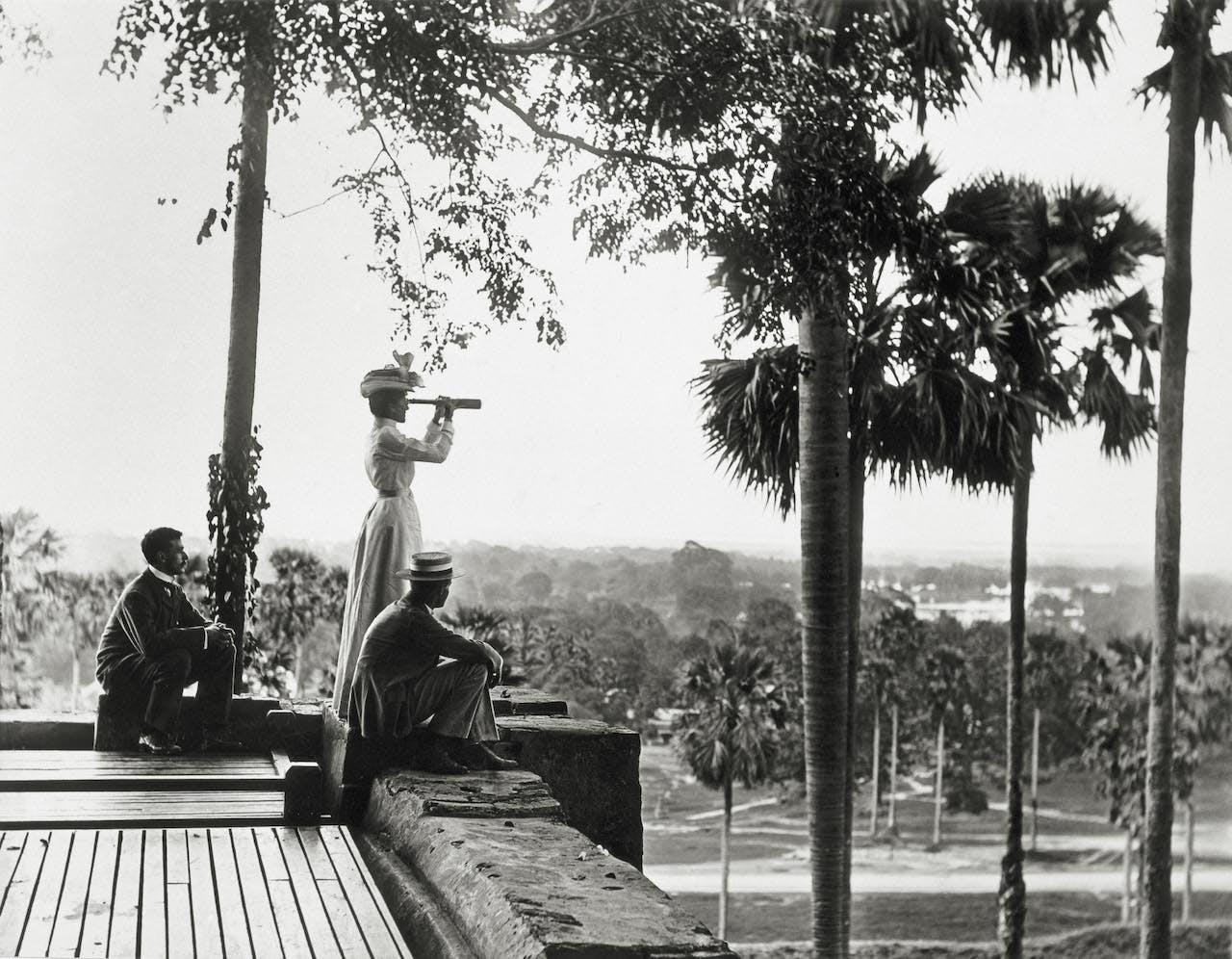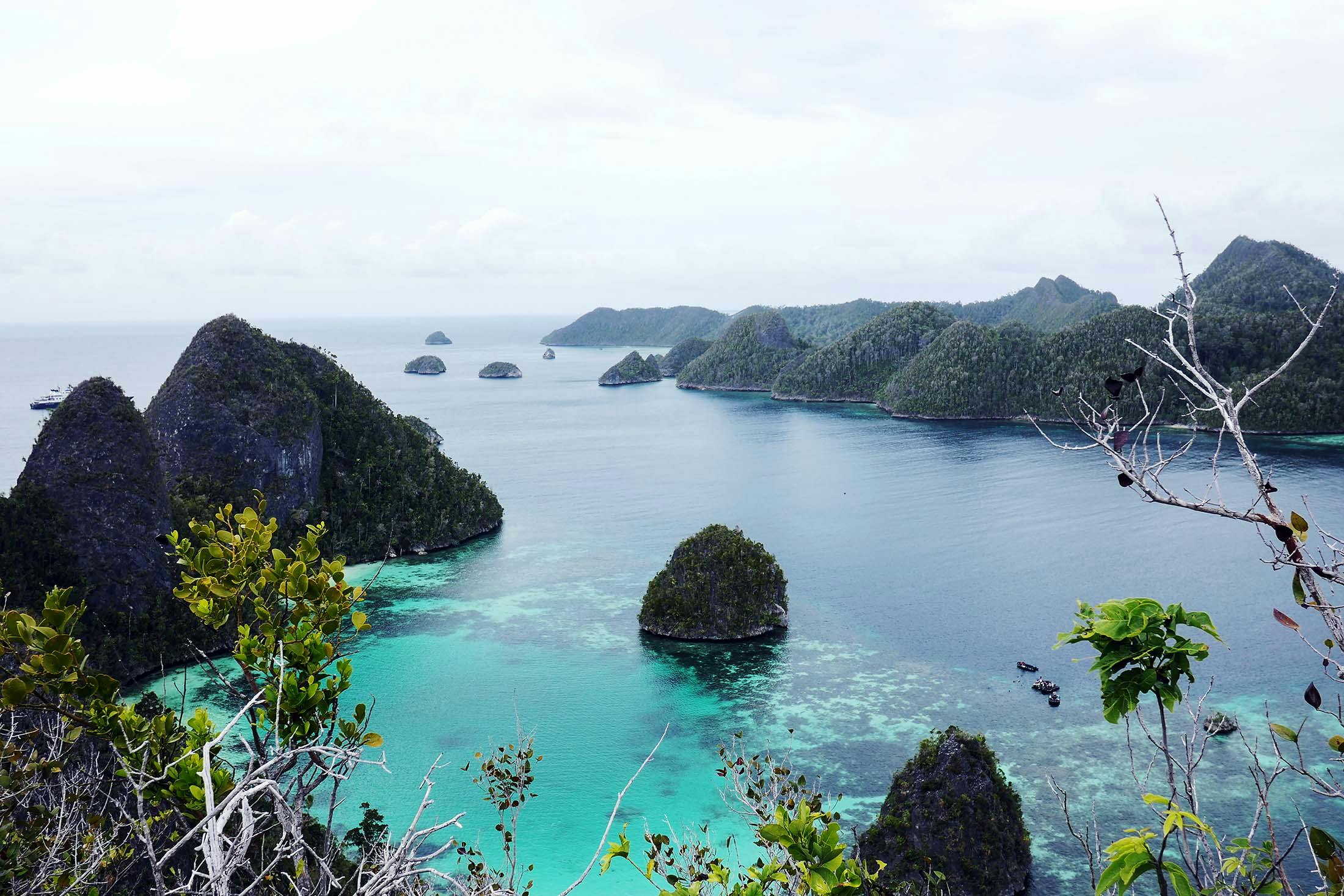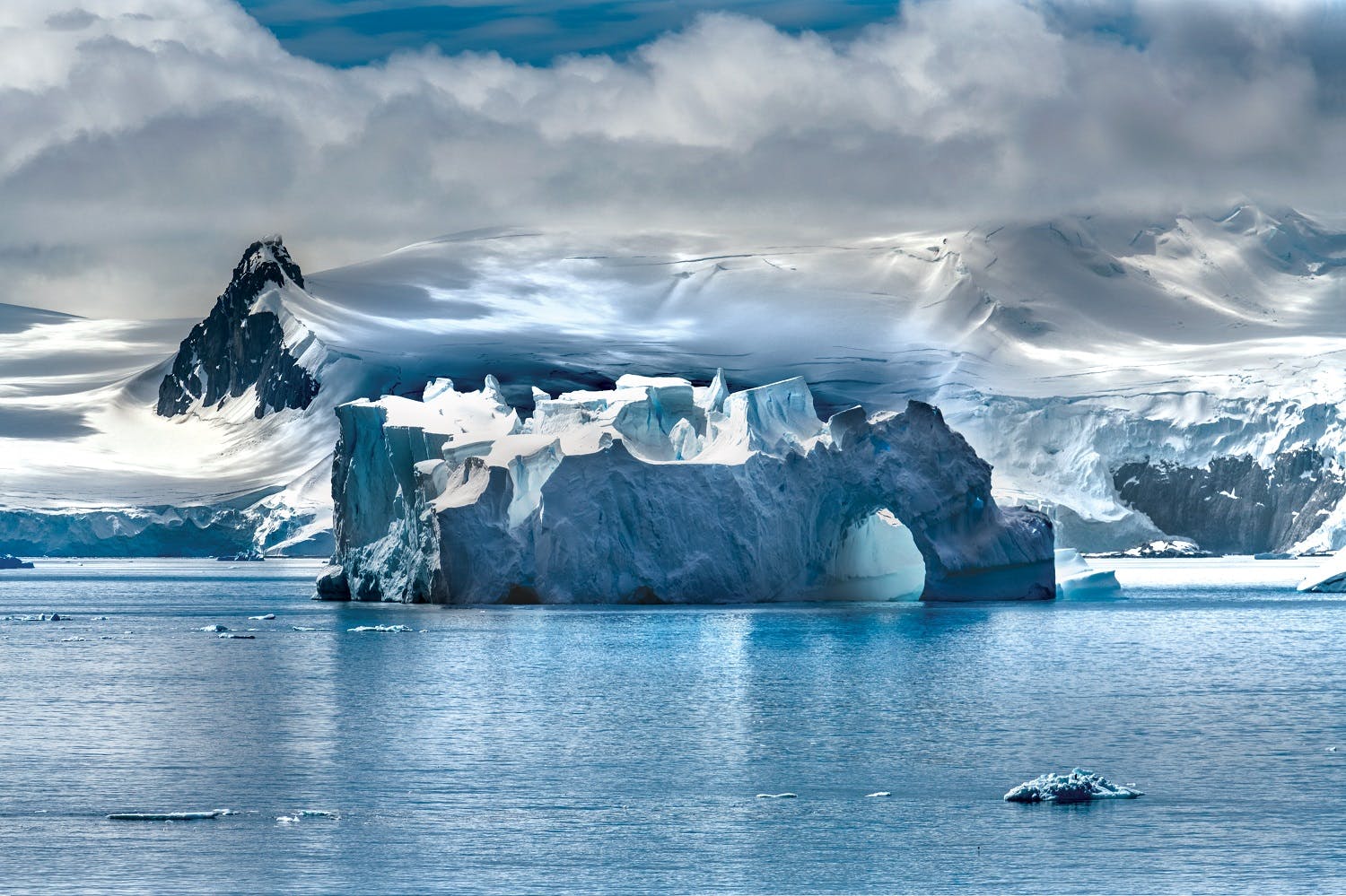Relics of History: Traveling Women Pioneers
Produced in collaboration with Silversea’s partner, the Royal Geographical Society (with IBG), ‘Relics of History’ delves deep into the annals of exploration. It showcases the most fascinating artifacts from the Society’s expansive and unique collection, which comprises approximately two million items, tracing 500 years of geographical discovery and research.
For many of us, the inspiration to travel comes from the documented accounts of those who first made intrepid journeys of exploration — including traveling women pioneers. They provide us with a window into their experiences and inspire us through a shared sense of their passion and achievements. Perhaps contrary to popular belief, the pioneers of exploration were not all men. In the first of a series of presentations especially curated for Silversea Cruises, Royal Geographical Society librarian Julie Carrington uncovers the fascinating stories behind three outstanding women travelers of yesteryear.
Mary Kingsley: Independent female traveler in West Africa
Mary Kingsley was born into a comfortable middle-class family in Victorian England and spent the first 30 years of her life as a dutiful daughter. Her father, George, was a doctor who had traveled widely, and Kingsley finally achieved her own ambition to explore following the death of her parents. Her primary motivation was to escape the restrictions placed on her by Victorian society, but to make her journeys appear more respectable, she carried out a commission for the British Museum in London to collect “Fish and Fetish.”
In common with most women of her class, Kingsley received no formal education. Instead, she spent as much time as she could in her father’s library and avidly studied the papers he brought back from his travels. However, it was only following the death of both parents in 1892 that 30-year-old Kingsley gained the independence to explore.
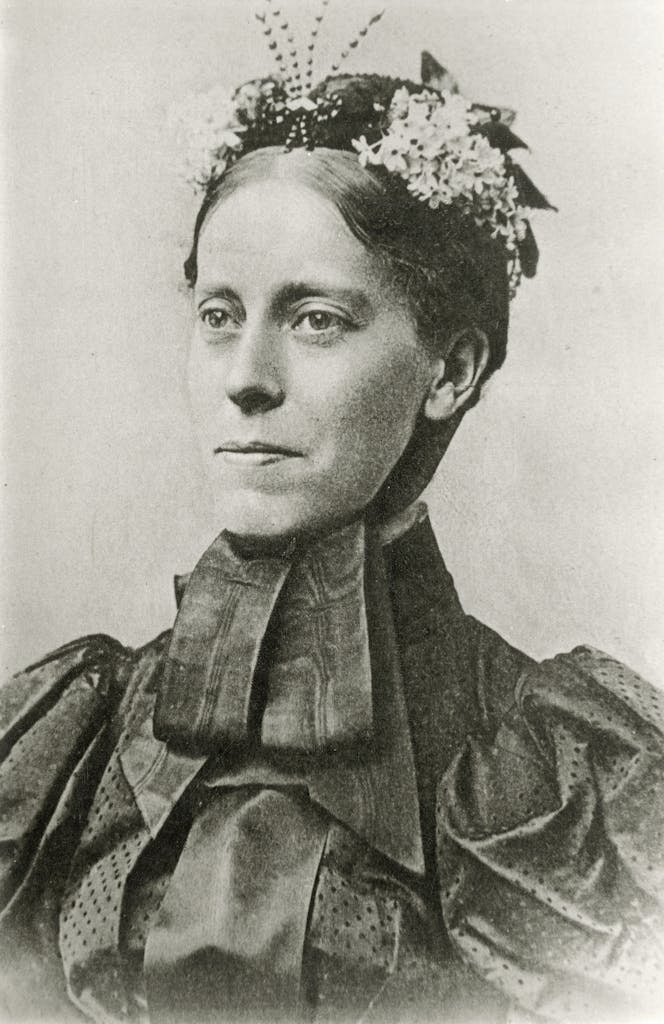
Her excitement as she planned her journey is conveyed in the foreword to Travels in West Africa (1897), where, when considering luggage for the trip, she was “too distracted to buy anything new in the way of baggage except for a long waterproof sack neatly closed at the top with a bar and handle.”This first trip took her to Luanda in Angola. She spent time with the Fjort tribe on the Congo River, traveled north through the Congo Free State and crossed the river into what was then French territory.
Kingsley returned to England in 1894 with a collection of fish samples and a determination to return to West Africa, and in particular to reach the Ogowe River in Gabon, about which very little was known at the time in Great Britain. By 1895, she was back on board ship heading for the coast of Africa. At Kangwe in Gabon, Kingsley stopped and stayed with the Jacots (local French missionaries) before continuing her journey up the river. By the time she returned, Kingsley had learned how to handle a canoe, studied the Igalwa Tribe and collected many more fish specimens.
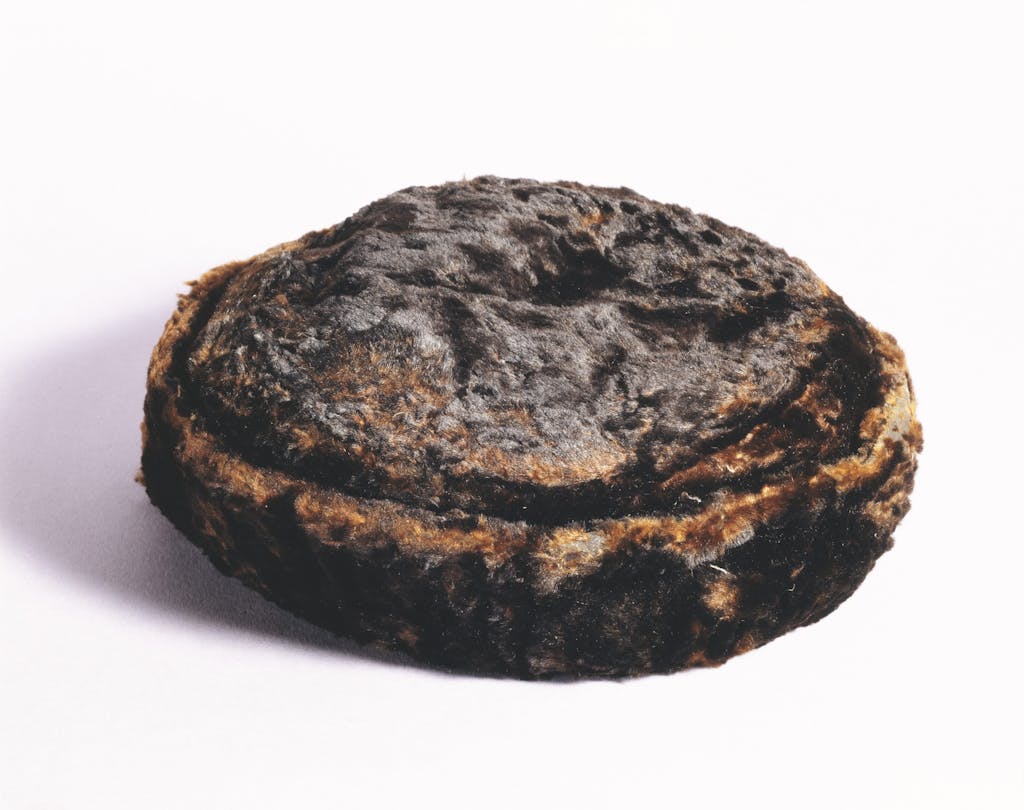
She returned home in October 1895 to celebrity status and her impressive collection of specimens were studied and housed at the British Museum (now held at the Natural History Museum, London). In 1897, Kingsley published Travels in West Africa followed by West Africa Studies in 1899. She returned to Africa in 1900. A champion of racial equality, Kingsley stated: “A black man is no more an undeveloped white man than a rabbit is an undeveloped hare.”
Gertrude Bell: Desert explorer in the Middle East
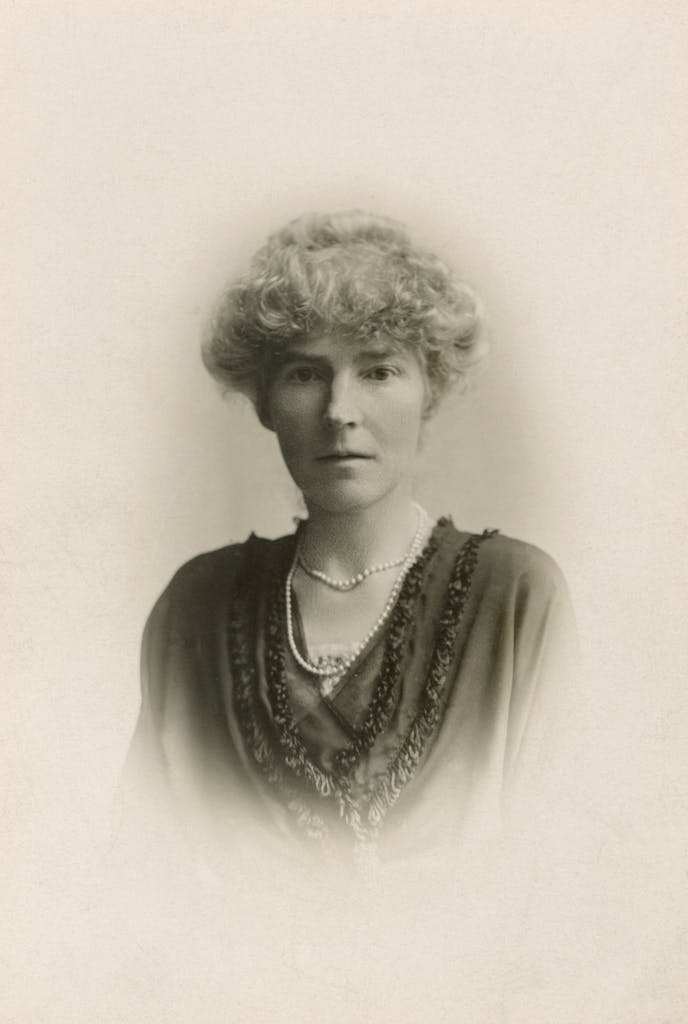
Gertrude Bell was born in 1868 into a very wealthy family in County Durham, granddaughter of the industrialist Isaac Lowthian Bell. In 1892, after gaining a first-class honors degree in history from Oxford, she went to visit her uncle, Sir Frank Lascelles, British minister in Tehran, and spent much of the next decade traveling around the world — entering the ranks of the late 19th-century’s traveling women. In 1899, she was back in the Middle East visiting Palestine and Syria and again in 1905. Her experiences during this period resulted in her first major book The Desert and the Sown. In 1909, she was in Mesopotamia where she first met T. E. Lawrence.
Bell had long harbored a desire to visit the Nejd region of Central Arabia, and in the winter of 1913-14 the time was right. Her intention was to try and reach the town of Ha’il, seldom visited by Europeans. Ha’il was the seat of the Rashidi dynasty, and Bell hoped to meet the 10th Rashidi Amir, Saud bin Abdul Aziz Rashid. The Rashidi had only a few years of rule left. In 1921 the last of the Rashidi Amirs surrendered to the Rashidi’s great rivals, the House of Saud whose ruler Ibn Saud (Abdulaziz ibn Abdul Rahman ibn Faisal ibn Turki ibn Abdullah ibn Muhammad Al Saud) accepted the surrender of the final two Rashidi Amirs.

Katherine Routledge: Early expedition visitor to Easter Island

In 1910 Katherine and William Scoresby Routledge decided to organize an expedition to Easter Island (Rapa Nui). They were wealthy enough to have a ship built especially for the expedition and with the support of various bodies, including the Royal Geographical Society and the British Museum, they set sail in 1913. They arrived at Easter Island in March 1914, and with the help of an islander called Juan Tepano, Routledge interviewed the islanders and cataloged the moai (giant statues) and the ahus they had once stood on; they excavated over 30 moai. The couple visited the tribal elders in their leper colony north of Hanga Roa and recorded various legends and oral histories, including that of Hotu Matua, the Birdman cult.
Jo Anne van Tilburg credits Katherine with a primary role in assisting preservation of Rapa Nui’s indigenous Polynesian culture. One of her discoveries was the cultural continuity between the statue carvers and the Polynesian Rapa Nui resident on the island in her time — the designs carved on the back of the statues she excavated were the same as designs tattooed on the backs and posteriors of elderly islanders in the leper colony. The tattooing tradition had been suppressed by missionaries in the 1860s and only the elderly residents remembered it, so this particular primary evidence was unavailable to later expeditions except through her records. The Routledges departed the island in August 1915 returning home via Pitcairn Island and San Francisco. Katherine published her findings in a popular travel book, The mystery of Easter Island, in 1919.

About Silversea’s collaboration with the Royal Geographical Society (with IBG)
Since 2013, Silversea and the Royal Geographical Society (with IBG) have joined forces to spread knowledge collated from centuries of scientific exploration. Through this partnership, the Society has enriched Silversea guests’ expeditions with over 500 years of travel and discovery.
Founded in 1830, the Royal Geographical Society is a world center for geography: supporting research, education, expeditions and travel. As a charity whose patron is Her Royal Highness The Princess Royal, it serves an exceptionally wide range of public with 16,500 global members. The Society has a historical legacy for supporting expeditions and innovation in scientific research and discovery.
About Julie Carrington
Julie Carrington works as part of the Collections team at the Royal Geographical Society (with IBG) offering reader services and helping to care for the Library and Archive collections. She enjoys working with archival material and has an interest in women travelers.
This article has been produced in collaboration with Silversea’s Corporate Business Partner, the Royal Geographical Society (with IBG), which enriches guests’ expeditions with over 500 years of geographical travel and discovery. Find out more here.



